ORIGINAL RESEARCH
Published on 29 Aug 2022
Olbert’s Balloon Dilatation as a Minimally Invasive Possibility of Treating Ureteral Stricture After Complicated URS-L in Children
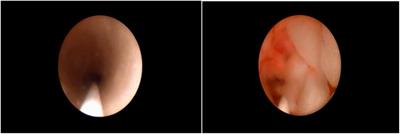
doi 10.3389/fped.2022.767500
- 1,568 views
4,269
Total downloads
19k
Total views and downloads
Select the journal/section where you want your idea to be submitted:
ORIGINAL RESEARCH
Published on 29 Aug 2022

ORIGINAL RESEARCH
Published on 16 Nov 2021
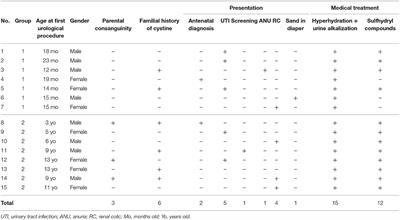
SYSTEMATIC REVIEW
Published on 04 Oct 2021
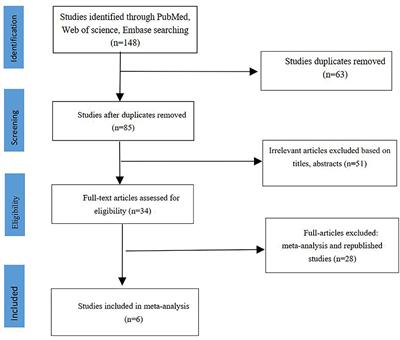
ORIGINAL RESEARCH
Published on 21 May 2021
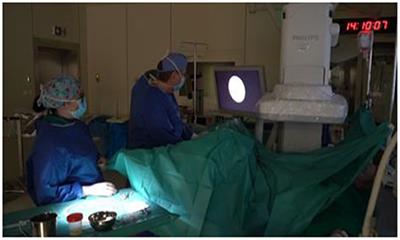
ORIGINAL RESEARCH
Published on 13 May 2021
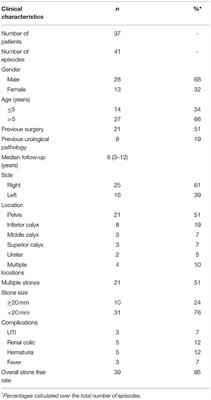
ORIGINAL RESEARCH
Published on 10 May 2021
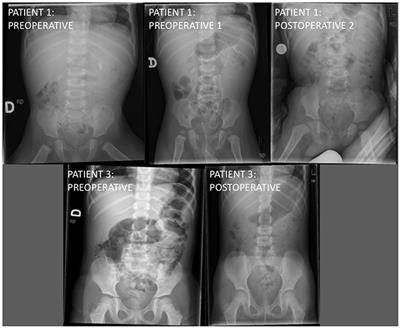
ORIGINAL RESEARCH
Published on 26 Jan 2021
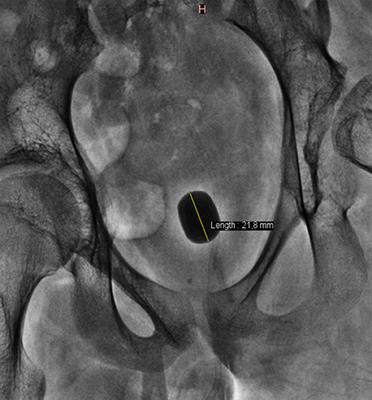

Frontiers in Surgery